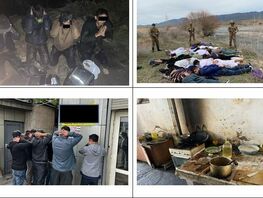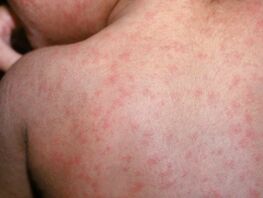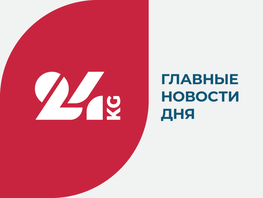The International Day for the Eradication of Poverty is marked annually on October 17.
What is extreme poverty?
There is a general indicator that measures the level of extreme poverty and makes it possible to compare different countries — an international extreme poverty line. It is calculated taking into account the data on differences in the cost of living in different countries (using purchasing power parity based on 2011 prices). This figure is $ 1.9 per person daily and includes the cost of food required for human life and providing the minimum daily need in calories.
As of 2015, at least 10 percent of people in the world live in extreme poverty — more than 700 million. Extreme poverty is concentrated in sub-Saharan Africa: over 40 percent of the population lives for less than $ 1.9 per day. In Kyrgyzstan, the number of people living for less than $ 1.9 per day is 1.4 percent of the country’s population.
What is poverty?
A poor person is a person who is forced to consume the amount of food and basic non-food goods and services that is minimally necessary for life.
The international poverty line (minimum level of consumption) is set at $ 3.2 per person daily (2011 purchasing power parity). A decrease in poverty has been observed in the Kyrgyz Republic — from 52 percent of the population in 2005 to 19 percent in 2016.
However, almost every fifth Kyrgyz citizen lives in poverty. In addition, a significant part of the population is close to the poverty line, which shows the high vulnerability of the population to economic shocks.
According to analysts, in 2018 the GDP per capita in Kyrgyzstan will be $ 1,200. The countries with the lowest GDP per capita in the Europe and Central Asia are Tajikistan, Uzbekistan and Kyrgyzstan. For comparison, the Republic of Malawi has the minimal per capita GDP in the world ($ 300.9), and Luxembourg has the maximum ($ 108,000).
How is welfare estimated?
The World Bank considers three aspects of well-being: income and population consumption; living conditions and quality of life — is there access to the basic necessary living conditions: health care, education, water supply, sanitation and electricity; as well as productivity, that is, whether the population’s contribution to the economy is productive through access to roads, electricity, and water.
Good news
The number of people living in extreme poverty currently is lower than ever in history. Despite the fact that the population of the Earth is increasing, the number of extremely poor is gradually decreasing. The World Bank President Jim Kim believes that the current generation is the first in the history of mankind that can end extreme poverty.
Eradication of the extreme poverty until 2030 and ensuring prosperity for all are the main objectives of the World Bank.





